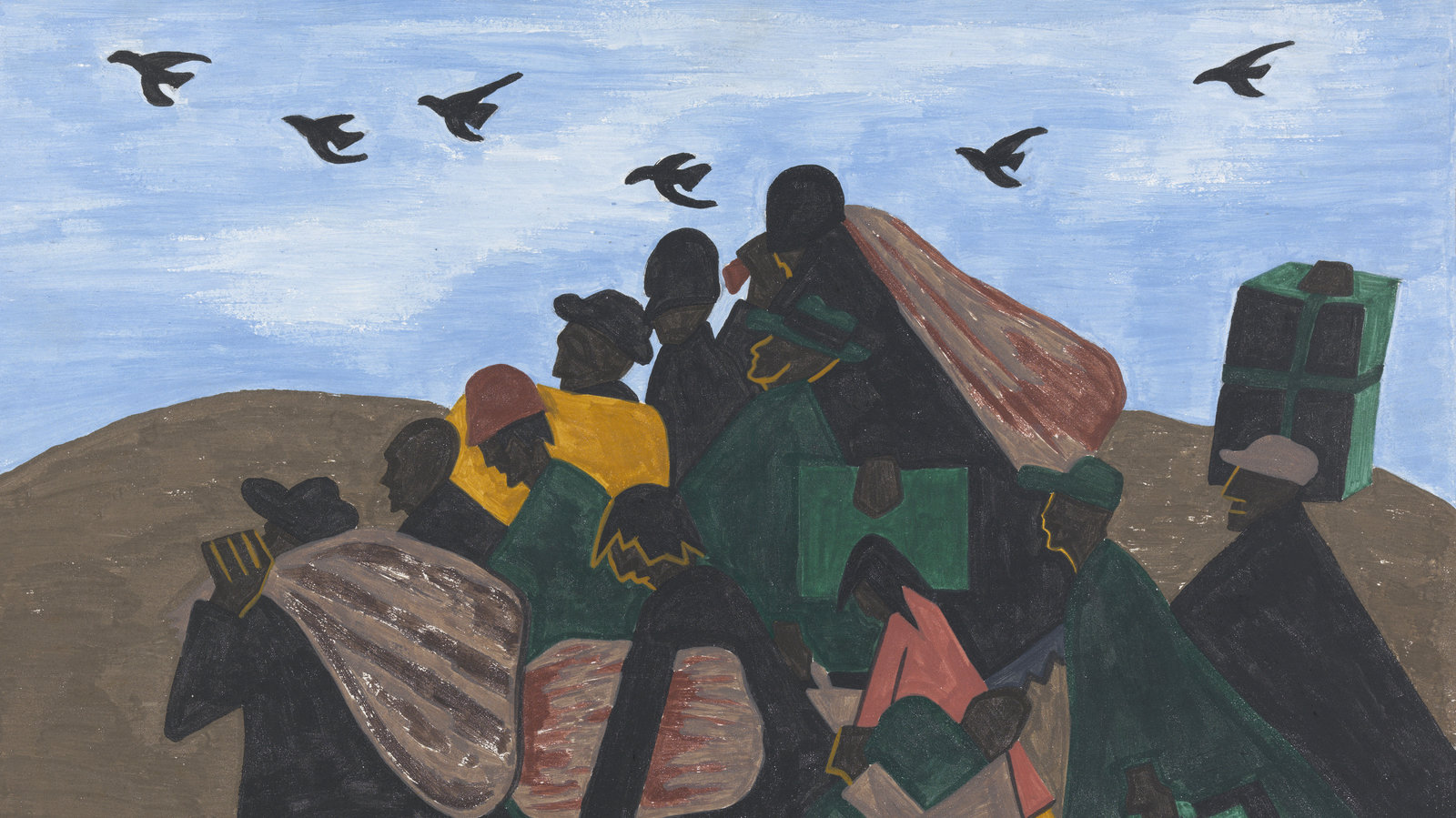
Course Description
This seminar exploring the intersections of art, migration and human rights will touch upon many topics such as the roles that race, gender and sexuality, ethnicity, and class play in different groups’ access to human rights, the right to move and travel, and the right to representation (visually, textually, politically). Because these topics concerns mostly subaltern populations in different political and physical geographies, many of the works we will examine does not always fall into the category of “fine art” or is found in art historical canons. We are considering art in the terms of visual and textual expression, which can take the form of video installations, documentaries, art installations, and murals, as well as written memoirs and graphic memoirs. Each week will be centered around 1-3 representational works, which we will unpack through the help of scholarly articles, news reports, and synchronous discussions.
We begin the semester with a viewing of Gianfranco Rosi’s 2016 film Fuocoammare (Sea of Fire) and a careful reading of the UN Declaration of Human Rights. What exactly are the mechanisms guaranteeing human rights? Does one have to be a citizen to enjoy basic human rights and if so, what happens to migrants who leave their native lands? In other words, how is human rights defined and what are some subsequent problems stemming from its post-WWII discourse? We will read and discuss the late John Lewis’ graphic novel trilogy March to begin understanding the intersections between race and access to basic human rights.
When we talk about migration, there are many different modes of moving across the globe: as a tourist, traveler, immigrant, nomad, refugee, asylum seeker. Many of these categories overlap, but there are nuanced yet intensely important differences in the manner that people travel and their subsequent treatment by the receiving locale, the rights they enjoy, and the spaces they access. To delve into this question, we will begin with an examination of Mona Hatoum’s 1988 video work Measures of Distance created when she became doubly exiled, first from Palestine and then from Lebanon, and separated from her family due to the outbreak of war. What are the conditions of exile and how does it differ from the experience of ‘voluntary’ emigration? Is there such a thing as ‘voluntary’ emigration? To delve further into this topic, we will visually examine Thi Bui’s graphic novel The Best We Could Do, which chronicles the author’s exile from Vietnam because of the American War, and watch Deepa Mehta’s Earth, which provides a filmic representation of the violence that erupted during the Indian Partition.
The third unit in the semester focuses on the human body, labor, and space. We will examine video works that highlight the plights of manual laborers in Africa and South Asia to understand the urgency of human rights and its violation in the late capitalist world system. In thinking about mobility, we must also think about immobility: what of the large portion of the world’s population, mostly in the global south, who are constricted in their movement and/or forced into dire labor situations? We will examine the photographic works by Yto Barrada, process works by Emily Jacir, and a process installation by Tenzing Rigdol. We will consider the ways in which citizenship impact our access to certain spaces. Does citizenship protect or guarantee our freedoms? For this question, we consider graphic novels that reflect upon the Japanese-American experience of internment during World War II by reading George Takei’s They Called Us Enemy and Mine Okubo’s Citizen 13660. We will also examine Ai Weiwei’s @Large exhibition on Alcatraz from 2014 to examine site-specific art that speaks to incarceration and freedom of speech.
As you read through the general outline of course above, you may have already made personal or intellectual connections with one or more of these topics. These topics are perennial and even more urgent in our current moment. Many of the questions that existed in the mid-twentieth century are resurfacing today, clearly demonstrating that they were never resolved. Thus, I encourage all of you to not only think about the particular visual and textual content listed in the syllabus, but also bring in your own growing knowledge of how these topics are arising—with a vengeance—in current affairs.
In many ways, when we examine topics that relate directly to subaltern groups and their subsequent artistic expressions, we uncover a different realm of representation that runs parallel to the art historical ‘fine art’ canon. Thus, several underlying disciplinary questions arise that we need to keep in mind: how has art historical canons been written and in what ways do they privilege some while ignoring other traditions or modes of artistic representation? How can we work to de-colonize art history and free it from the norms established by a deeply Anglo-European and American, male tradition? In other words, how can we write a new art history that includes alternative works that address and provide expression for subaltern groups?
- Teacher: Rosaline Kyo
